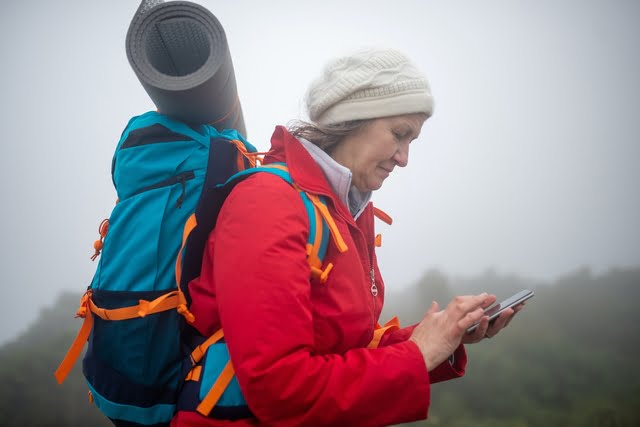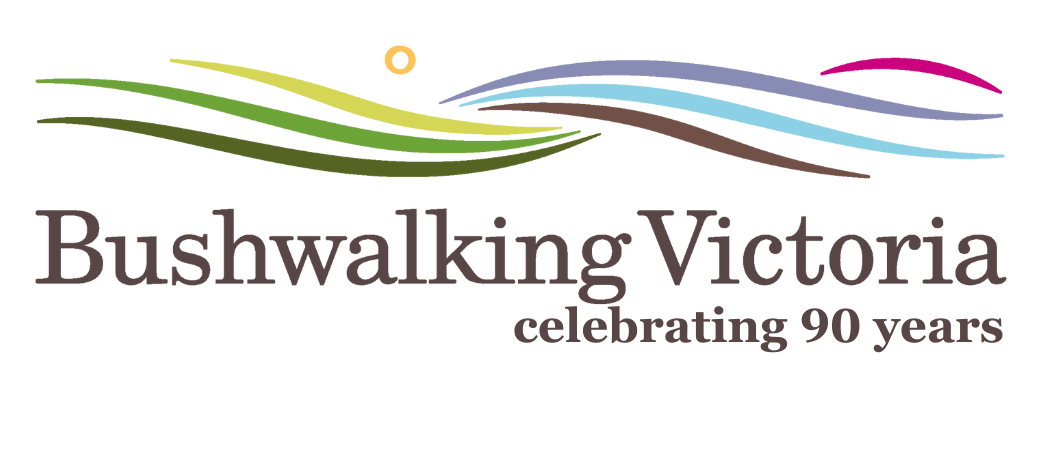
Back in the day, a bushwalker’s emergency devices comprised a whistle, a box of matches and a mirror! Thankfully, things have moved on. When an emergency arises in the bush, contacting help can be stressful, but, by being prepared, you can be confident you will get help when required.
To ensure you’re adequately equipped, you’ll need to first consider the duration and location of your walk, mobile phone reception and whether it’s a solo or group walk. Here’s a short overview that explains how various devices work. The Bushwalking Manual contains a more detailed analysis.
Mobile phone
- If you have mobile reception, dial 000 and ask for the Police
- The Emergency Plus app lists a location in three ways: address, Latitude/Longitude and what3words. Emergency Plus is only an app, so it relies on the capabilities of the phone. When there is no phone reception, the app provides an error message when opened: hence it cannot replace a PLB or satellite communicator.
- what3words is an app that provides position as a unique combination of three words. It’s not actually an emergency app, as it simply specifies location, but CANNOT connect you to emergency services. Interestingly, it still operates to some degree if your mobile has no reception, because the app downloads a considerable library of the 3-word positions, and it can match these to a position via the phone’s GPS, which is independent of phone coverage.
REMEMBER: No mobile reception = no connection to emergency services.
A variety of other devices are useful when there’s no mobile reception. A Personal Locator Beacon (PLB) is the simplest and most cost-effective, with a one-off purchase cost of approx. $320, free access to satellites and a battery life of 5-10 years. Other devices that access satellite networks also have an upfront cost, plus the ongoing cost of a subscription to a satellite network, which can easily overshadow the cost of the device.
Here’s a comparison of devices:
PLB
A PLB works completely differently to a phone. A modern PLB contains an accurate GPS: when activated, it transmits its position to a worldwide satellite distress network about once every five minutes. It will also transmit a rapid homing signal that can be picked up by air- and sea-craft. PLBs also contain a high-intensity strobe to attract search aircraft. No satellite subscription is required.
PLBs can be hired online, or from outdoor equipment suppliers.
Satellite Phone
This is the most expensive option – over $1000 for a handset before you sign up for a subscription. There are four networks for Australia, with Iridium (the most expensive) being the only really global network. An active satellite subscription is required. More information
Satellite phones can also be hired.
Other Satellite Communicators
- Garmin devices with inReach technology: this includes the Mini Orange, Explorer+, GPSMAP 66i, Montana 700i and Montana 750i. inReach technology allows the user to SMS, send positions for tracking, get weather info and send an SOS message in an emergency. inReach uses the Iridium satellite network, which has the best coverage and largest number of satellites. An active satellite subscription is required; Garmin has a variety of packages. More information
- SPOT devices, including SPOT GEN 3 & 4 and SPOT X 2-way. These devices send out a GPS location and message, which is relayed via satellites and read via the internet using email or text. The SPOT X can both send and receive texts and emails. These devices are particularly popular with solo walkers or searchers who have a base support team. SPOT uses the Globalstar satellite network (less satellites than Iridium) and an active subscription is required. There are a number of packages. More information
- Zoleo Communicator: Zoleo links with a mobile phone app to provide satellite texting of GPS position and emergency contact via the Iridium satellite network. An active satellite subscription is required; Zoleo has various packages. More information
REMEMBER: A PLB or SOS button on a Satellite Communicator MUST ONLY be used in situations of grave and imminent danger, where you feel you are facing a life-threatening situation.
The difference between Mobile and Satellite Networks:
When in range of a phone tower, a mobile phone, being a communication system, is generally connected and instantly available; not so a satellite. Even using the Iridium network – which is primarily used for communication and has 66 satellites, each whizzing around the earth 14 times a day at an astonishing 27,000 kph – a satellite may not be ‘in view’ when your communication device is activated. Connection to the satellite network will also depend on terrain. One may need to wait quite a few minutes, or get to a better position, in order for the device to ‘see’ a satellite.
In comparison with other devices, a PLB uses six distinct satellite arrays, not one, and about 30 mission control centres. It usually takes only a few minutes for the registered next of kin to be notified if a PLB has been activated, and only a little longer to confirm the position and raise the alarm with the local search and rescue organisation. A PLB is designed for emergencies and uses a well-established emergency system. The other satellite communication devices have multiple functions, use only one satellite array and do not transmit the same emergency signals as a PLB.
So … if I were lying in the bush with no mobile reception and a broken leg, I’d have a PLB with me (as well as my ancient, trusty whistle!)
Andrew Robinson (Bushwalker, Navigation Trainer)
Last updated: November, 2021
